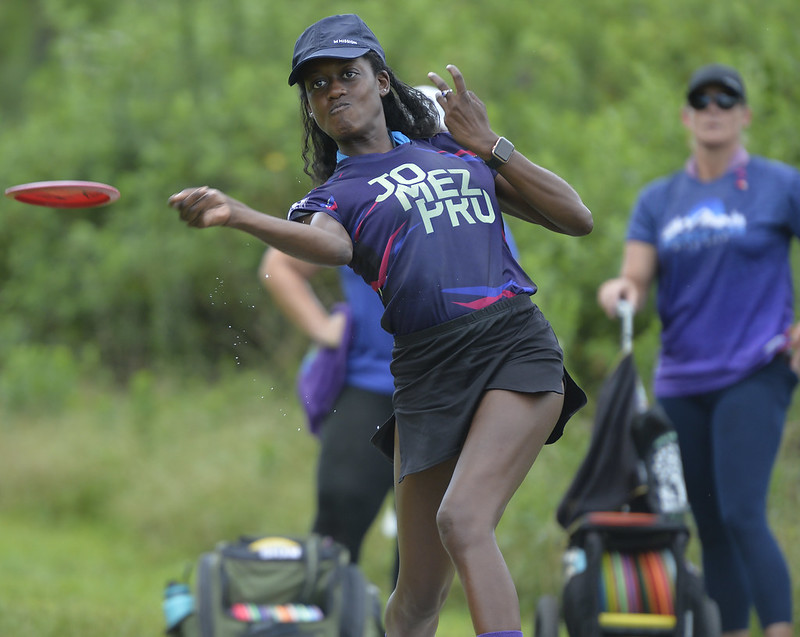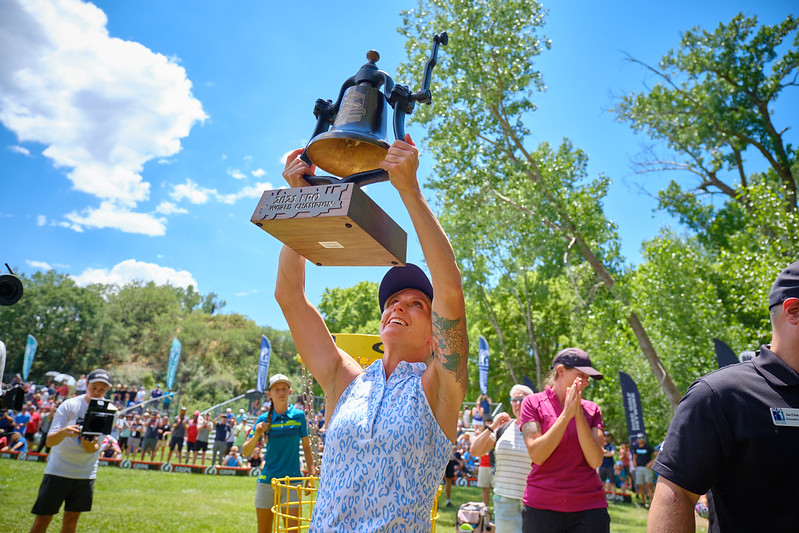Disc Golf Rules School - Episode 2: Order of Play
Disc Golf Rules School - Episode 2: Order of Play

Welcome to Rules School!
PDGA Media has produced a 12-part Rules School video series covering the basics of the Official Rules of Disc Golf.
The series is intended as an easily accessible guide for players who may be playing in their first organized leagues or tournaments, as well as a resource for experienced players who want to brush up on specific sections of the rules.
In Episode 2, host Brian Earhart discusses section 802.02: Order of Play.
Order of Play determines whose turn it is to throw at any given moment during a round. It is one of the first things new players learn as they begin playing in leagues and tournaments, and it is a key element in creating a fair and consistent competitive experience.
Grouping and Throwing Order
In PDGA-sanctioned leagues and tournaments, players are assigned to groups of between three and five players.
The Official Rules of Disc Golf lists a number of responsibilities that each member of the group has to their card mates such as watching each other throw, searching for lost discs, determining positions and enforcing the rules. They are also responsible for keeping score using either a digital or paper scorecard.
The throwing order on the first tee is determined by the order in which the names are listed on the scorecard.
Learn more about PDGA Digital Scorecard >>
The Away Player
Once all the players in the group have teed-off, the order of play should proceed based on whichever player is furthest away from the basket. This person is referred to in the rules as the away player.
While the away player is throwing, other members of the group should position themselves as close to their own lie as possible while remaining behind the thrower and still being close enough to watch each throw.

Card mates watch each other throw to ensure fairness and help find lost discs at the 2021 PDGA Amateur Disc Golf World Championships. Photo: PDGA Media
As the group progresses down the fairway, the order of play continues in this manner until every player has holed out – i.e., completed the hole.
The scorekeeper should record the score in a manner that makes each score clear to every player in the group, and should note any warnings or penalty throws.
The order on the next tee is then determined by the scores on the previous hole, beginning with the player that had the best score.
Ties do not change the order on the tee, so if all players in the group get the same score on a hole, then the throwing order on the next tee will be the same as it was on the previous tee.
Once the scores are taken, the scorekeeper should recite the new throwing order so that the order of play can proceed.
Deviations and Courtesy Violations
There are certain situations where a deviation from the order of play is appropriate. This might be to let someone tap-out after missing a close putt, or—on the big stage—to have all the players clear out so that the winner can enjoy their championship moment.

Catrina Allen raises the trophy following her second PDGA Pro Worlds title. Photo: Kevin Huver / PDGA Media.
As long as the away player consents, or if throwing will not impact the away player, then a player who is not next may throw.
If, however, the away player does not consent and the player throwing out of order has done so in a manner inconsistent with the rules, then they may be called for a violation of the courtesy rules.
The call needs to be seconded by another player in the group or by a tournament official, but if the ruling stands then the offending player is issued a warning for the first violation and a one-throw penalty for each subsequent violation of the same courtesy rule.
For more information on the Official Rules of Disc Golf, visit www.pdga.com/rules and be sure to check back each Thursday for a new installment of PDGA Rules School.
See you out on the course!
